7 Dow Jones Stocks That Pack a Growthy Punch
In the shadow of the Dow Jones Industrial Average’s 27% runup over the past year, investors are understandably hesitant to plow into stocks as they tiptoe to new record highs.

In the shadow of the Dow Jones Industrial Average’s 27% runup over the past year, investors are understandably hesitant to plow into stocks as they tiptoe to new record highs. We've simply gone a little too long without a decent correction in the Dow Jones’ component stocks, and one could be in the offing with little to no warning.
Yet, the mere possibility of a pullback doesn't mean one is inevitable. It also doesn't mean investors should ignore opportunities when they present themselves. It simply means investors should think defensively here – even when seeking out growth – and consider well-positioned blue-chip names that also are better shielded from pullbacks than smaller, less-established outfits might be.
Numerous Dow Jones stocks have the potential for impressive growth, and despite the index’s perch at all-time highs, a handful of these constituents even look a little underestimated. These seven blue chips may have more to give to new money than some investors suspect.
Data is as of Oct. 16, 2017. Click on symbol links in each slide for current share prices and more.
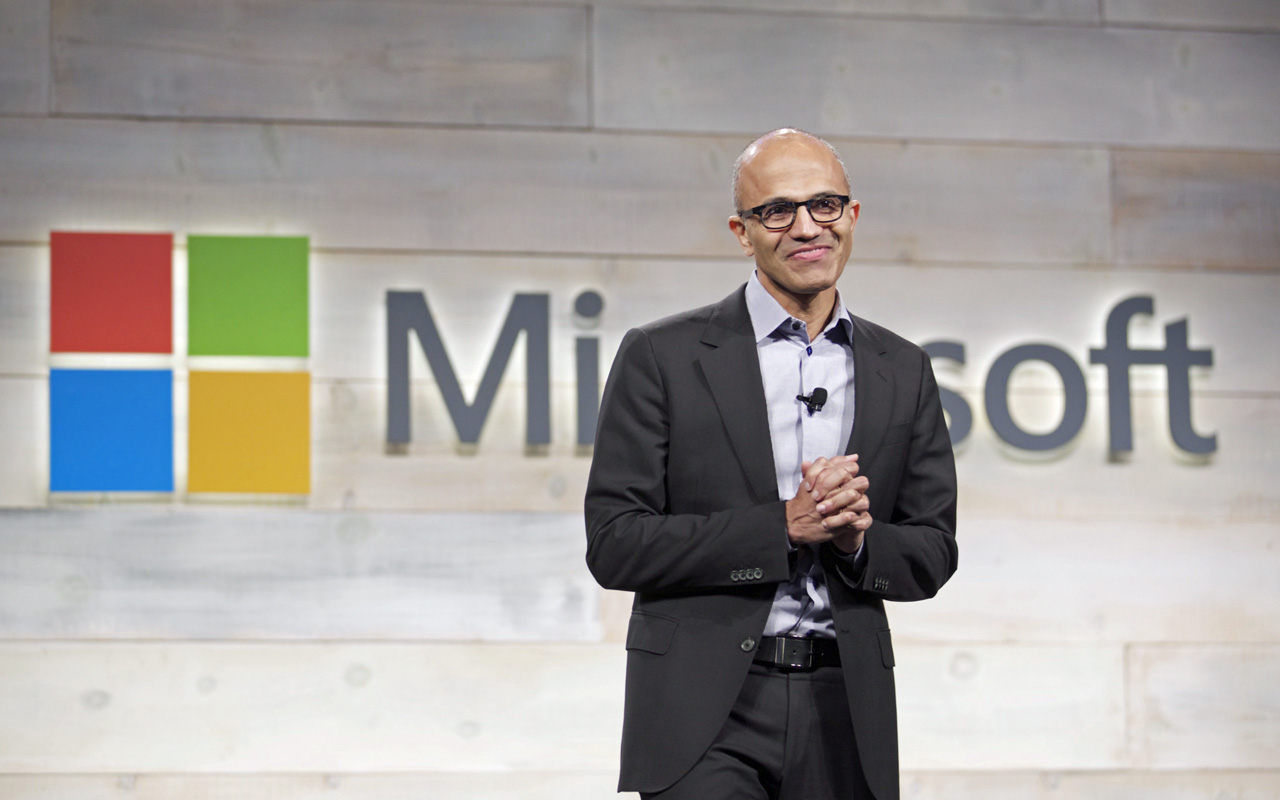
Microsoft
- Microsoft (MSFT, $77.65) fought its way to the top by leveraging its Windows operating system and its Office productivity software. However, alternatives to Microsoft Word and Excel are widely available now (many of them for free). And the paradigm shift from desktops and laptops toward tablets and phones has led to the rise of Android and other operating system platforms, and suppressed the need for Windows.
From that angle, Microsoft wouldn’t appear to have the brightest of futures.
Thing is, Microsoft really isn't a software company any longer. Under the guidance of CEO Satya Nadella, the company has been redirecting its focus toward more relevant services like cloud computing, and even artificial intelligence. Its Azure cloud computing platform saw a 97% year-over-year improvement in sales for the company's most recently reported quarter, setting the stage for 15% growth from Microsoft's server and cloud computing division.
This business line still only accounts for about a third of Microsoft's business, but that's changing fast, as will the business line's impact. As Canaccord Genuity analysts Richard Davis and David Hynes recently opined when they upgraded the stock to a buy, “As the faster growth segments increase as a percentage of the total, aggregate revenue growth should accelerate, which is generally a driver of multiple expansion.”
Global market intelligence firm International Data Corporation expects public cloud computing – the backbone for the looming advent of the Internet of Things (IoT) – to be a $162 billion market worldwide by 2020. And Microsoft is perfectly positioned to capture more than its fair share of that market.

Goldman Sachs
Finance powerhouse Goldman Sachs (GS, $242.41) isn't on its deathbed by any means. But its various businesses – lending, trading, underwriting initial public offerings – have simply struggled to click simultaneously for a long while, and the company hasn’t mustered any meaningful growth for the past several years.
That might be about to change.
In the short-term, Goldman Sachs just wowed Wall Street with its most recent quarterly earnings report. On Tuesday, Oct. 17, the company reported profits of $5.02 per share on revenues of $8.33 billion – both representing small growth year-over-year, but significantly beating estimates by analysts who believed Goldman would take a big step back.
Looking toward the future, investors should be encouraged by last week’s announcement that Goldman is creating what it’s internally calling an Innovation Lab, which was explicitly designed to creatively think of new revenue-bearing investment banking deals. The Innovation Lab in and of itself won't radically change Goldman Sachs' future for the better. But, it's a sign that Goldman Sachs finally realizes it has a problem, and is doing something about it.
Better still, with a price-to-earnings ratio of only 12 based on next year's estimates for profits, you can get into this turnaround story rather cheaply.

Boeing
If demand for passenger jets is falling, somebody forgot to tell Boeing (BA, $259.75).
India's Jet Airways just confirmed an order for 75 of Boeing's 737 Max aircraft that could be worth up to $9.3 billion. That followed news that the aircraft company's 202 third-quarter deliveries were up 12.2% year-over-year.
Granted, Boeing’s 67% rally this year is intimidating. But, Robert W. Baird analyst Peter Arment see more gains ahead. His price target of $325 per share implies the stock is worth 25% more than where it's currently trading.
It may take time to get there. Fabrice Bregier, CEO of Boeing rival Airbus (EADSY), noted in September that his company was planning on demand for passenger jets to double over the course of the coming 20 years, maintaining its historical growth pace – but that we’ll see ebbs and flows in between.
We should see less turbulence for Boeing. The company appears ready to ramp up production and sales of its 787 lineup for the next two years (just in time for a wave of widebody jet replacements starting in 2020), and it has plenty of here-and-now business to address, too.
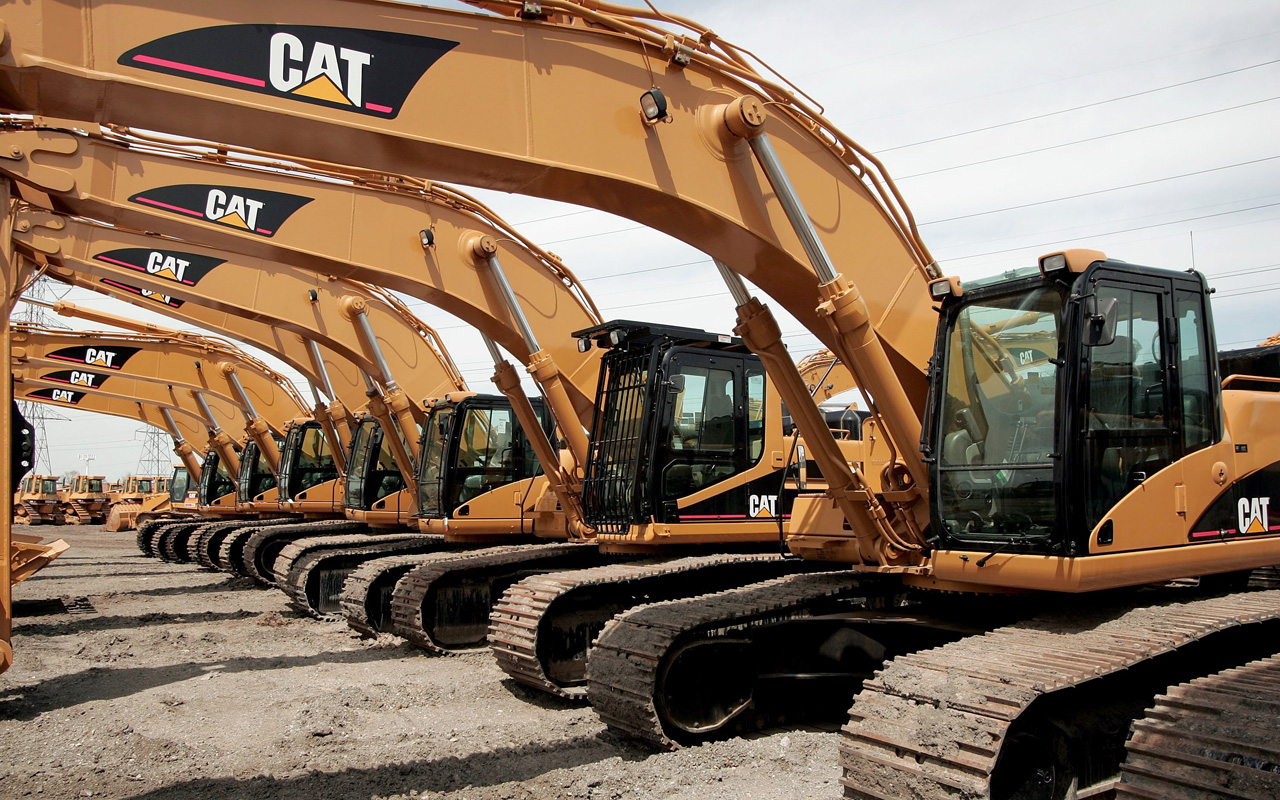
Caterpillar
Three years ago, when spending on heavy construction equipment slowed down and commodity prices outright hit a wall, Caterpillar (CAT, $131.47) and its stock suffered in a bad and lingering way. Last year's revenue of $38.5 billion was almost half its $65.9 billion top line from 2012, when the economy was hot and the company was firing on all cylinders.
Caterpillar – which also makes a myriad of mining equipment, gas turbines, bulldozers and diesel-electric locomotives – still is years away from the kind of earnings it was producing in 2012. But it does appear that the perfect economic storm of tepid demand is in the company's rear-view mirror. Analysts are modeling an 11.4% improvement in this year’s top line, and another 7% increase 2018's revenue. The earnings turnaround may be even more dramatic, with Wall Street expecting a 54% jump in profits this year and a 26% expansion in 2018.
Critics will point out that, even with a comeback on the horizon, the stock is anything but cheap relative to its projected per-share profits. But that's not the whole, relevant story. As Goldman Sachs analyst Jerry Revich recently noted, "We believe CAT's valuation looks even more attractive on a cash P/E basis, on which the stock trades at an implied 10.8x cash P/E due to depreciation outpacing capex over the near-term (13.5x at our 12-month $158 price target)."
The turnaround is plausible either way, in terms of net income or cash flow. Crude oil prices appear to be stabilizing in the low $50s, after plumbing $30 in the early part of 2016. Iron ore prices are recovering, and railroad shipments of ores and metals for August and September are the highest they’ve been in the past three years.
All of this bodes well for Caterpillar.
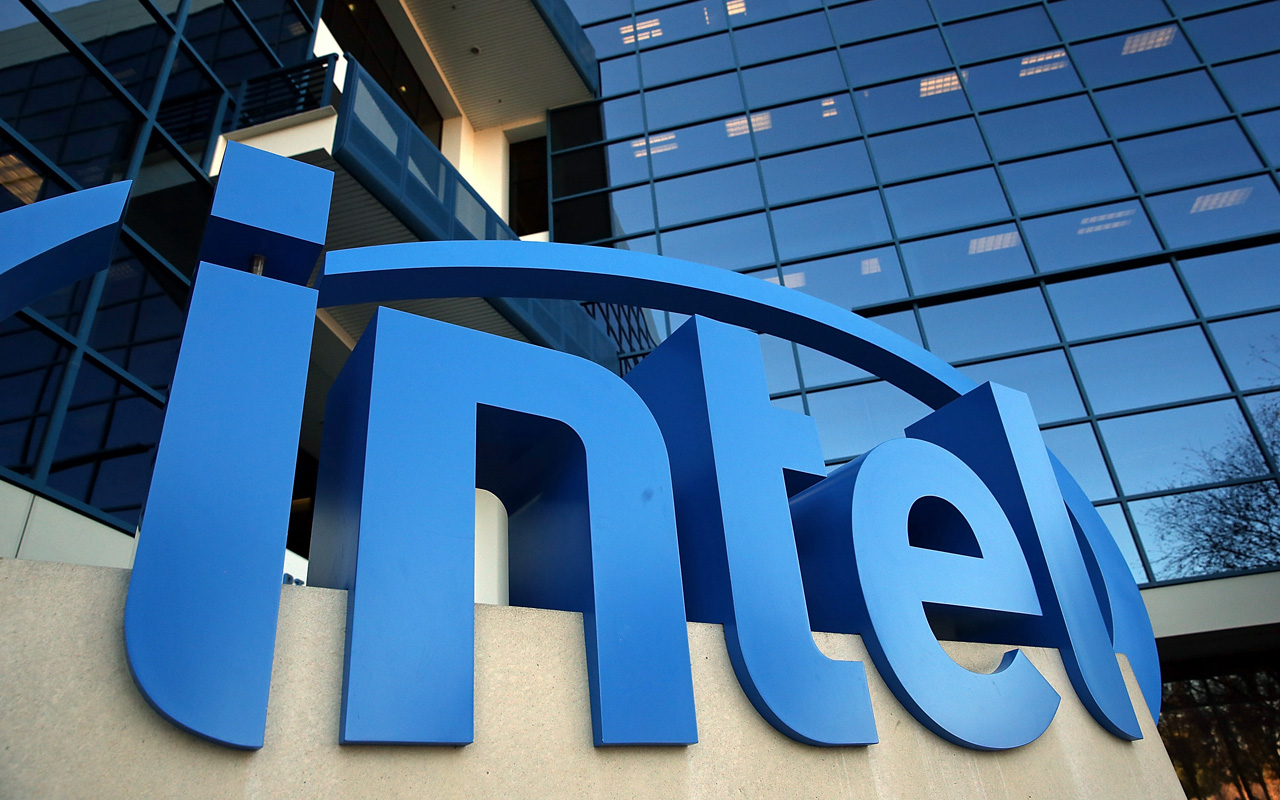
Intel
When the personal computer was becoming commonplace back in the 90's, Intel (INTC, $39.76) was unstoppable. It was the maker of the world's favorite central processing unit (CPU) and developed a commanding market share.
As is the case with all ventures, though, time and opportunity give other players a chance to catch up. In this case, Advanced Micro Devices (AMD) and Nvidia (NVDA) managed to edge out Intel as consumers shifted their preference from PCs to mobile devices. While Intel still is around, more than a few investors see the company as a has-been – particularly now that AMD’s new Ryzen CPU is on the scene.
Intel hasn't merely been licking its wounds, though. It has been regrouping, preparing a handful of new technologies that will make it the fierce competitor it once was.
One of those technologies is the Coffee Lake CPU, which in most regards already looks more potent than AMD's Ryzen. Intel also has waded deeper into autonomous-car waters than most investors realized, revealing in September that it has worked with Google’s Waymo project since 2009. This will provide the company with a solid foothold in what Infoholic Research thinks will eventually be a $127 billion global market for autonomous vehicles.
They're all near-term initiatives too, and thus will make a meaningful addition to the company's top and bottom lines soon.

Apple
Most of the concerns about Apple (AAPL, $160.75) are valid. Those are: 1.) Smartphone saturation is a reality, 2.) iPhones that cost in excess of $1,000 are going to be tough to sell to most consumers, and 3.) Apple’s computer and iPad businesses do very little for the top and bottom line.
However, none of these arguments are exactly new, and the fact is, when Apple absolutely has to do so, it can innovate.
It’s wading into the content-creation business after reorganizing its App Store to reflect the reality that apps weren't just a tool to sell iPhones. Apps could be, and should be, a profit center in their own right. As KeyBanc's analyst Andy Hargreaves said in his note upgrading AAPL shares to “Overweight” (equivalent of buy): "The potential for Apple to exercise greater pricing power, along with further App Store growth, supports the view of the Company as a franchise with subscription-like qualities rather than a regular hardware business.”
Don't get the wrong idea. CEO Tim Cook still needs to start work on the next (proverbial) "killer app," which for Apple actually means the development of a piece of hardware the likes of which we've never seen – kind of like the iPhone when it first debuted in 2007. It appears something like that is on the radar, though, and odds are good it will have something to do with your television set now that Cook is getting serious about video as a product.
AAPL shares are priced, however, as if the company's best days are behind it.
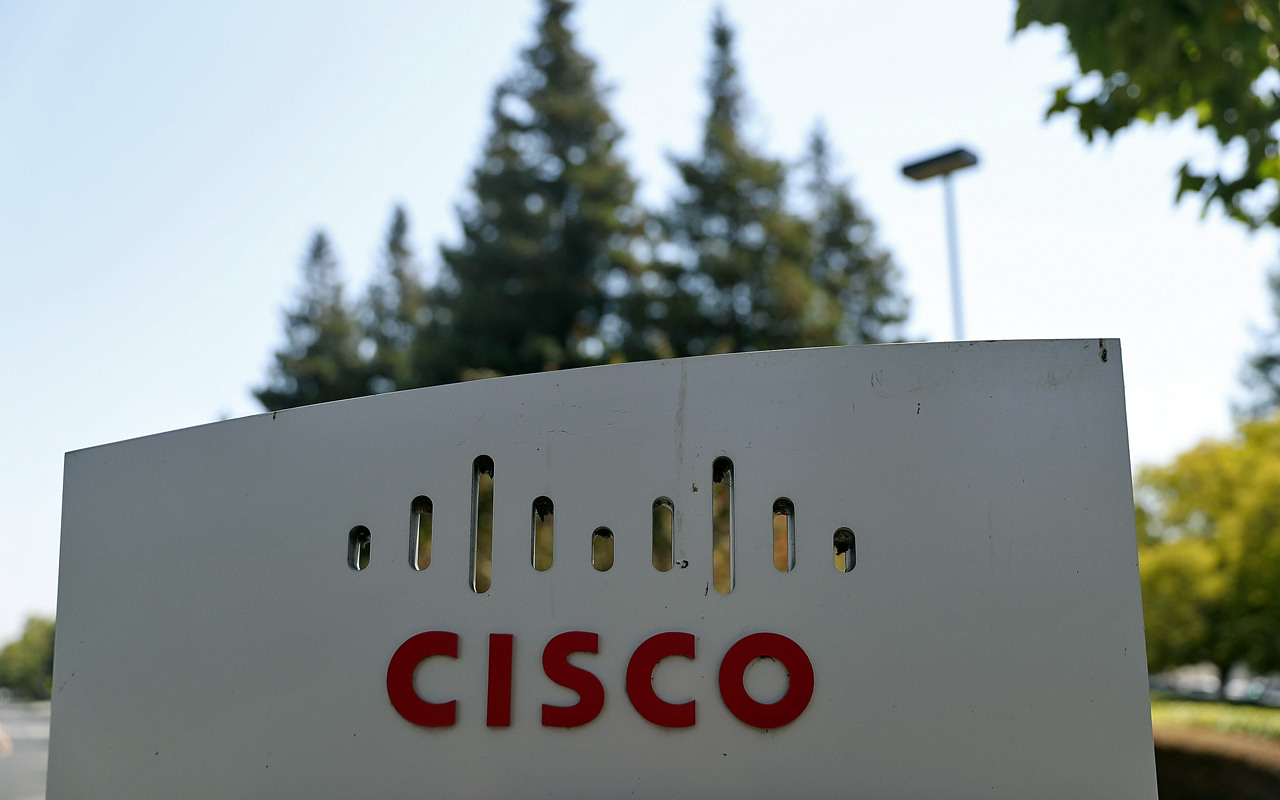
Cisco Systems
Last but not least, while networking hardware giant Cisco Systems (CSCO, $33.54) may never revisit its glory days of the late 1990s and early 2000s again, rumors that it is a has-been are greatly exaggerated. While Cisco is facing plenty of formidable competitors on the switching and router front, these businesses are a decreasingly relevant piece of the company's revenue pie. Last year, they accounted for less than half of Cisco's sales.
So what is Cisco selling, then?
Services, for one thing. The need for cybersecurity has never been greater, and the company's security offerings are robust. Its cybersecurity revenue, along with all its other software-as-a-service sales, still only make up about a fourth of the company's business, but that could change soon. What most observers don't fully appreciate yet is that much of what Cisco has built is aimed at the IoT market and artificial intelligence needs, neither of which are big-time businesses just yet. Both are quickly becoming commonplace, though, and Cisco stands ready to reap the reward.
Throw in the fact that Cisco is sitting on more than $70 billion in cash and short-term investments, and what you've got is a very compelling opportunity. Although 96% of that loot is parked overseas and thus would be taxed heavily if brought back home to the United States, President Donald Trump is working on a repatriation plan that would lessen the tax burden. Cisco could then better use that cash to acquire whatever growth it can't cultivate for itself.
James Brumley held none of the aforementioned stocks as of this writing.
Profit and prosper with the best of Kiplinger's advice on investing, taxes, retirement, personal finance and much more. Delivered daily. Enter your email in the box and click Sign Me Up.
-
 Stocks Chop as the Unemployment Rate Jumps: Stock Market Today
Stocks Chop as the Unemployment Rate Jumps: Stock Market TodayNovember job growth was stronger than expected, but sharp losses in October and a rising unemployment rate are worrying market participants.
-
 Should You Renew Your CD?
Should You Renew Your CD?With rate cuts impacting earnings, we examine if now is a wise time to renew CDs.
-
 7 Ways to Plan Now to Save on Medicare IRMAA Surcharges Later
7 Ways to Plan Now to Save on Medicare IRMAA Surcharges LaterUnderstand the critical two-year lookback period and why aggressive planning before you enroll in Medicare is the most effective way to minimize IRMAA.
-
 Stocks Swing in Volatile Session: Stock Market Today
Stocks Swing in Volatile Session: Stock Market TodayThe main indexes fell sharply in early trading on rising China tensions, but rebounded thanks to encouraging bank earnings.
-
 Stock Market Winners and Losers of the 'Big, Beautiful' Bill
Stock Market Winners and Losers of the 'Big, Beautiful' BillDefense, manufacturing and tech should prosper, while health care and green energy stocks face hurdles.
-
 Dow Adds 238 Points as UNH, CAT Pop: Stock Market Today
Dow Adds 238 Points as UNH, CAT Pop: Stock Market TodayThe lack of a September jobs report didn't seem to worry market participants, with the data delayed due to the ongoing government shutdown.
-
 Stocks End Strong Month on a Down Note: Stock Market Today
Stocks End Strong Month on a Down Note: Stock Market TodayThere was likely a bit of profit-taking ahead of a historically weak September.
-
 Dow Rips 846 Points to New All-Time High: Stock Market Today
Dow Rips 846 Points to New All-Time High: Stock Market TodayFed Chair Jerome Powell seems ready to cut interest rates in the fall but will still rely on incoming economic data about inflation and employment.
-
 Nasdaq Ends the Week at a New High: Stock Market Today
Nasdaq Ends the Week at a New High: Stock Market TodayThe S&P 500 came within a hair of a new high, while the Dow Jones Industrial Average still has yet to hit a fresh peak in 2025.
-
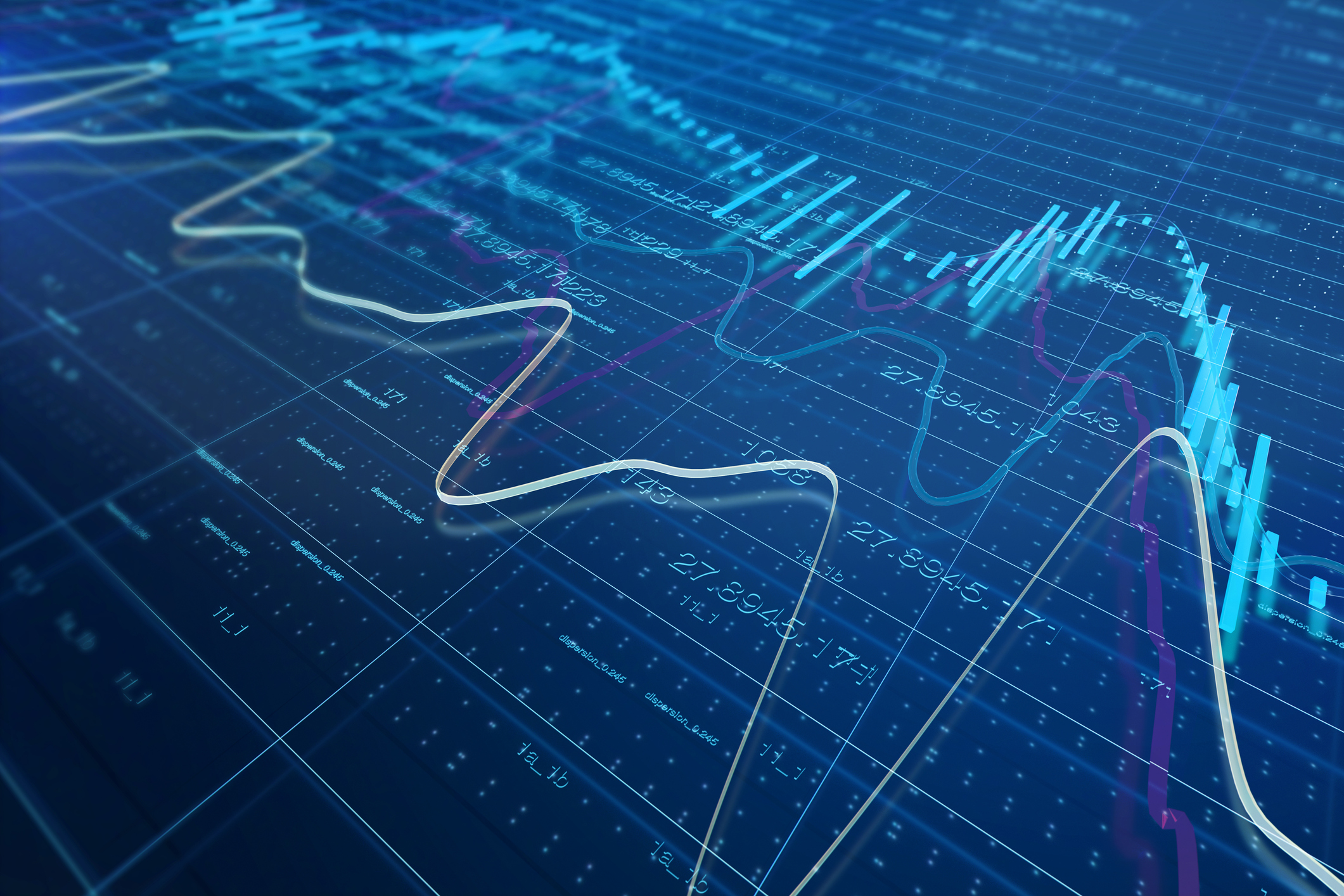 Stocks Swing Lower as Eli Lilly, Fortinet Spiral: Stock Market Today
Stocks Swing Lower as Eli Lilly, Fortinet Spiral: Stock Market TodayThe main indexes finished well off their session highs after a disappointing batch of corporate earnings reports.
-
 What Tariffs Mean for Your Sector Exposure
What Tariffs Mean for Your Sector ExposureNew, higher and changing tariffs will ripple through the economy and into share prices for many quarters to come.
